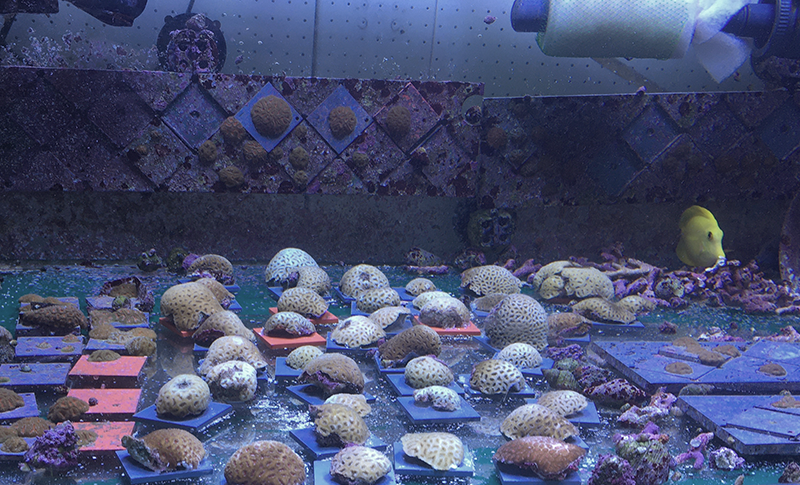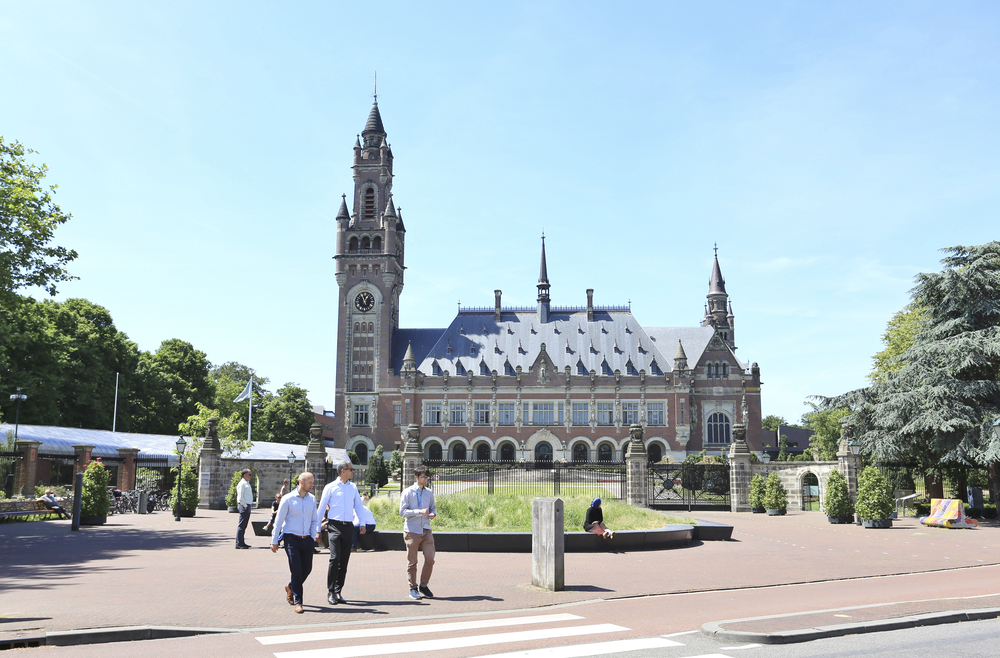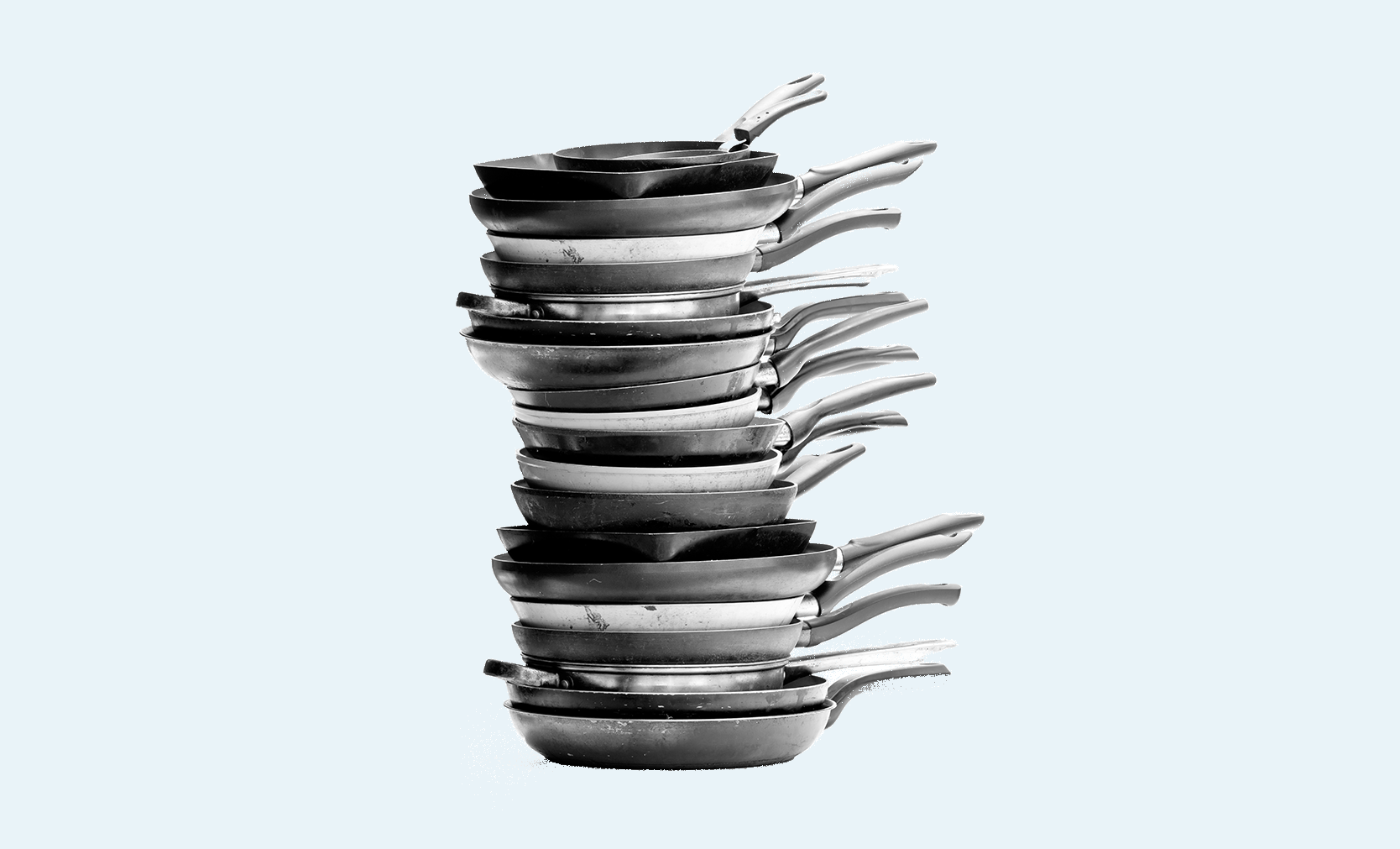At the new Caribbean Lab, marine biologists are studying what a heatwave does to coral.
The reefs off the coast of Curaçao came under sudden pressure last year when the temperature of the ocean spiked dangerously. The danger was to the corals there, because they cannot withstand such heat. Warming water causes coral to bleach and eventually die. Reefs worldwide are threatened by global warming.
In the new Caribbean Lab in one of the Carus buildings, Robbert-Jan Geertsma studies the effects of warming on the accretion and growth of baby coral, a line of research that has only become possible quite recently. A year or so ago, Geertsma and his colleagues managed to get coral to reproduce in ‘captivity’, a feat that paves the way for experiments on a large scale. It was also a stepping stone towards the Caribbean Lab, which opens on 6 December.
The lab is really a room housing several aquariums. These tanks of water contain corals in various stages of development, with LED lights above them. Nothing special to the casual observer. But it is, explains PhD student Geertsma. It all starts in the first aquarium on the right, the lab’s nursery. ‘This is where we collect the larvae of the Caribbean golfball coral (Favia fragum). We’ve already got a first, second and even third generation of corals.’ And he points to a small tub of water full of tiny, barely visible larvae barely a millimetre in size.
Clean water
‘They are extremely vulnerable,’ he continues. ‘But we are managing to keep them alive here under controlled conditions and to provide them with a substrate they find attractive enough to latch onto. Then they undergo a metamorphosis: they develop a “mouth” and tentacles with which they can catch prey. We nurture them through to the next stage and they start growing, until they are so big that they release larvae of their own.’
The secret of breeding corals lies in the quality of the water, says Geertsma. ‘We filter the water to half a micron, which is half of one thousandth of a millimetre.
We grow Olympic corals here
This enables you to remove bacteria and even viruses from the water. So the larvae get off to a super-clean start in life. We can control all the conditions here: the light, the nutrition, the water, the current, and the diurnal rhythm. And it’s all fully automated, thousands of kilometres away from the warm ocean around Curaçao, where they come from.’
In effect, what we’re breeding here are ‘Olympic corals’, concludes Geertsma. Corals that are optimally fit to withstand the impact of warming. And precisely that is tested in the aquarium next to the nursery. Under a roof of special lamps, this aquarium simulates the heatwave that hit Curaçao’s corals last year and caused them to fade. A total of 120 baby corals, primary polyps, are about to undergo the same warming here that their counterparts were subjected to in the wild. The coral’s response to that heat stress is being carefully mapped. Geertsma: ‘We take weekly photos so we can measure growth. We measure the photosynthesis activity of the algae, which tells us when they are about to let go of the coral, causing it to bleach. That’s how we measure the survival of the coral.’
Catching prey
During the heatwave, the hatchlings’ ability to catch prey is measured as well. ‘This research is really unique in that regard,’ says Geertsma. The measuring is done in a so-called flow chamber, a device that allows you to monitor the catch of an individual baby coral.
We can control all the conditions here: light, nutrition, water, currents, and diurnal rhythms
‘Then we can quantify how much energy coral gets from prey and whether that increases under higher temperatures and is enough to survive. Because it could be that there is enough prey, but the coral is too exhausted to eat.’
Catching their own prey is important for the corals. The reason they fade with warming is that they lose their algae and thus their main source of nutrition. Algae use photosynthesis and supply nutrients to coral, which does not use the process itself. With the loss of algae, coral has to try and fend for itself. Geertsma: ‘So it matters whether they can switch to catching prey and whether they can catch enough to stay alive. Baby corals are essential in this respect. If they don’t make it at that stage, you lose an entire generation. So in this research, we are looking at how the characteristics of a species determine whether it can survive on a future reef.’
North Sea Lab
In addition to the Caribbean Lab, the new North Sea Lab will also be launched. For the next two years, this lab-in-the-making will mainly be working on the ElasmoPower project, which is researching the impact of power and data cables on North Sea fauna, focussing on rays and sharks. The current through those cables causes an electromagnetic field that can be disturbing for animals that use magnetic fields to orientate themselves or catch prey. PhD student Annemiek Hermans is studying those effects. Part of the research takes place in the lab on shark embryos, ray eggs and juveniles.

 Adult corals in the new lab. The bleached corals have just come from the wild; the others are ‘Olympic corals’ bred by the researchers. Photo Robbert-Jan Geertsma
Adult corals in the new lab. The bleached corals have just come from the wild; the others are ‘Olympic corals’ bred by the researchers. Photo Robbert-Jan Geertsma 

